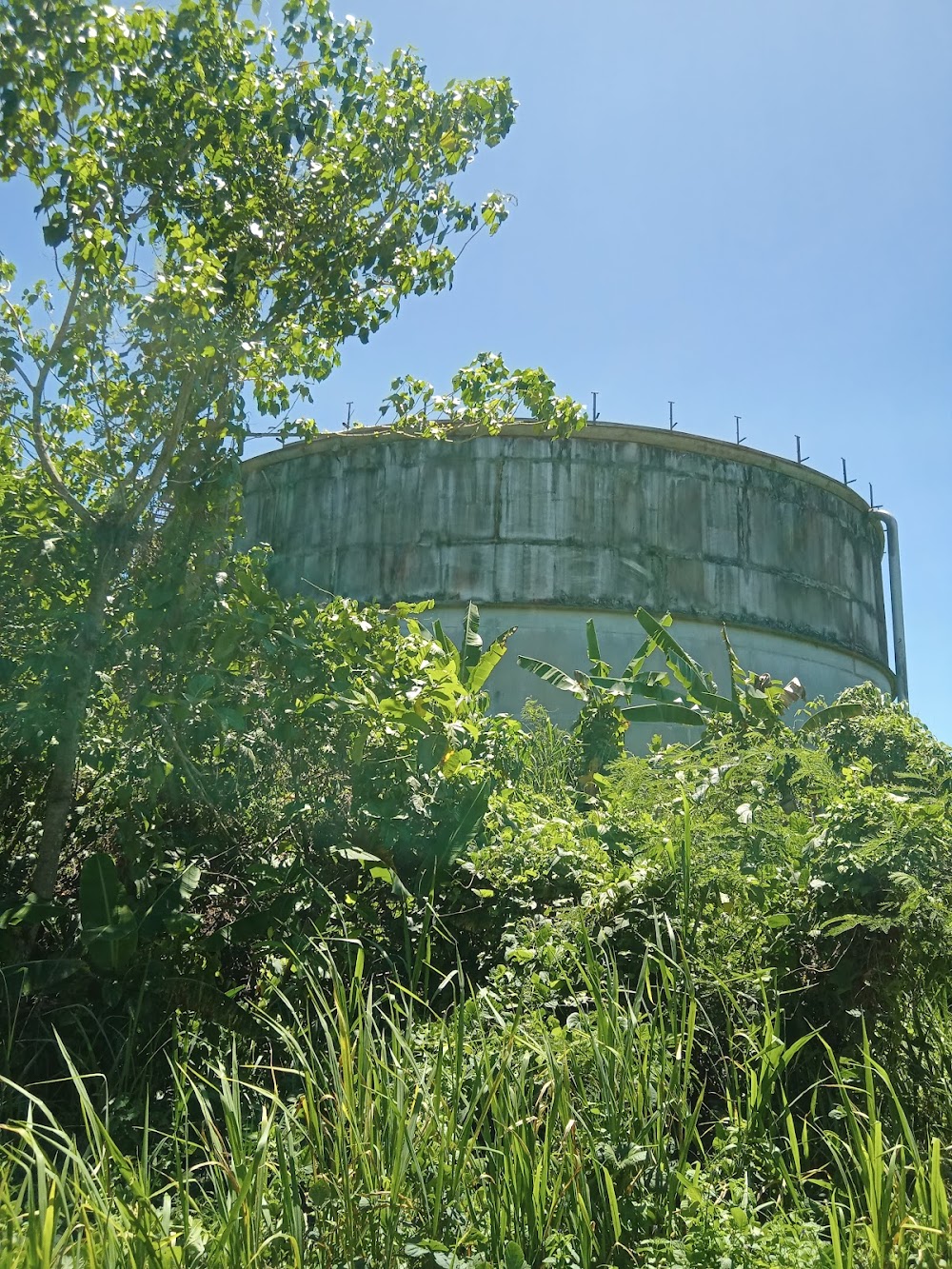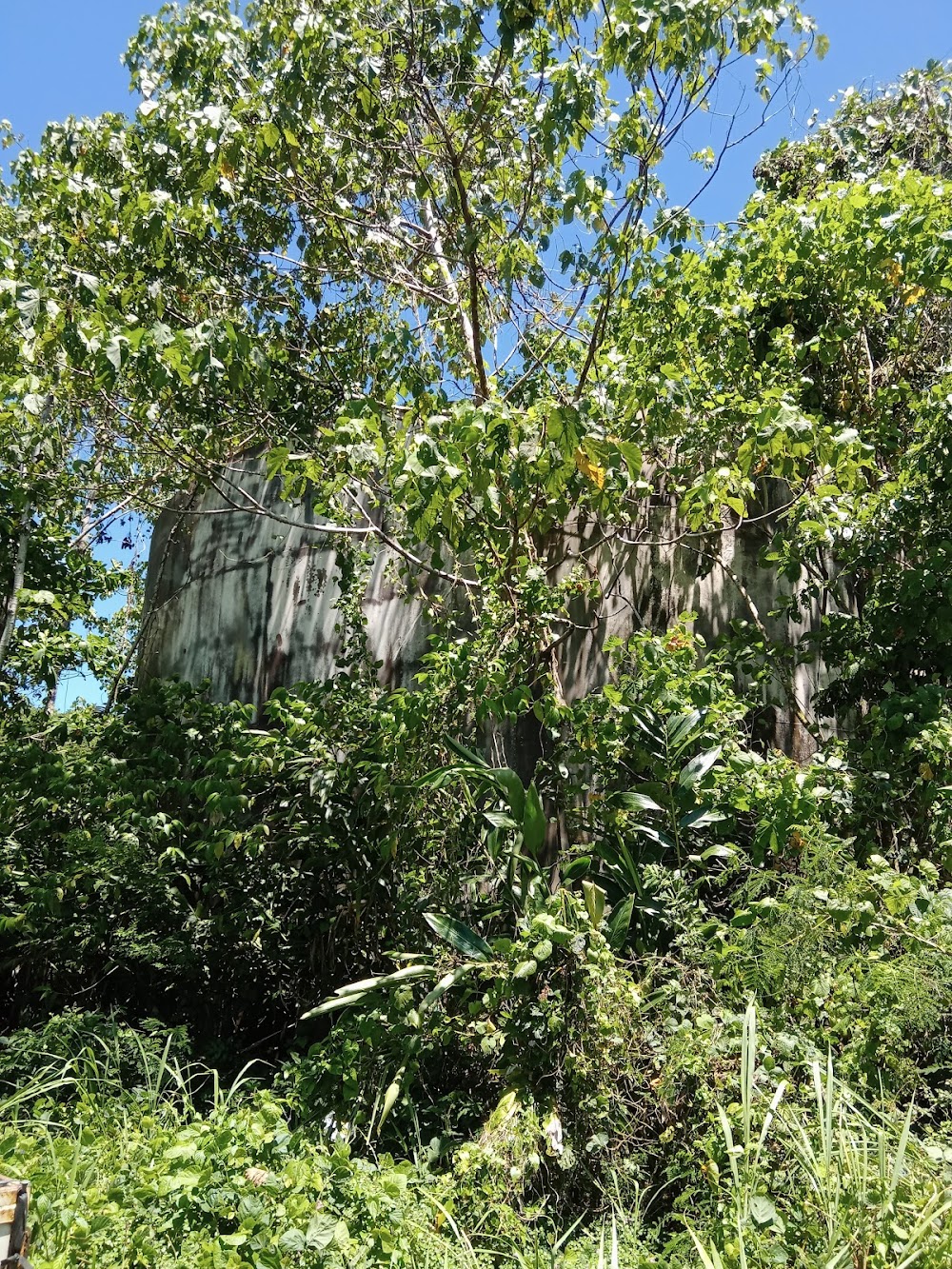Loloho Beach (Loloho Beach)
Overview
In the breathtaking archipelago of Bougainville, part of Papua New Guinea, lies a true hidden gem: Loloho Beach. This pristine stretch of white sand, caressed by the turquoise waters of the Pacific Ocean, is not just a tropical paradise but a location rich in history and culture.
The name Loloho comes from the native language, symbolizing the deep connection the local people have with their land and sea. While Loloho Beach offers an idyllic escape for relaxation, it also holds significant historical importance. In the late 20th century, this beautiful beach became pivotal due to the mining activities on Bougainville Island, which transformed the landscape and economy of the region.
Bougainville is abundant in natural resources, with the Panguna mine standing out as one of the world's largest open-cut mines. In the 1970s, mining operations initiated the development of a port at Loloho Beach, vital for exporting copper. This port was constructed with considerable investment and engineering expertise, turning the once tranquil beach into a bustling industrial hub where ships docked to load minerals.
The construction of the port involved dredging part of the shoreline to accommodate large vessels. Piers and loading facilities made of concrete and steel were built, necessitating the importation of materials due to the island’s remote location. Roads were also developed to connect Loloho with the mining sites, enhancing accessibility to previously isolated areas of Bougainville.
However, the extensive mining activities brought both opportunities and challenges. While they spurred economic growth, they also raised significant environmental and social concerns. Local communities were deeply affected, with issues surrounding land rights and environmental degradation coming to the forefront.
The late 1980s and 1990s saw Bougainville embroiled in a civil conflict, often referred to as the Bougainville Crisis. This unrest was partly fueled by discontent over the mining’s environmental impact and profit distribution. The conflict culminated in the closure of the Panguna mine in 1989, leading to a substantial decline in industrial activity, including at Loloho Beach.
With the cessation of mining operations and the resolution of conflict, Loloho Beach has gradually reclaimed its natural beauty. Today, while remnants of its industrial past remain, nature has begun to mend the scars. The beach has transformed into a serene and picturesque spot, attracting those who appreciate its breathtaking landscape and historical significance.
Locals and visitors alike enjoy Loloho Beach for its stunning scenery and crystal-clear waters. Families gather for picnics, children play in the soft sand, and fishermen cast their nets, continuing traditions that have been passed down through generations. Loloho serves as a poignant reminder of both the challenges and the resilience of the Bougainville people.
Efforts are currently underway to promote sustainable tourism at Loloho Beach, ensuring that this enchanting area can be enjoyed by future generations while respecting the local environment and culture. Community initiatives, including beach cleanups, eco-friendly accommodations, and cultural tours, aim to educate visitors about the rich history and traditions of Bougainville.
In summary, Loloho Beach is not merely a stunning coastal destination in Papua New Guinea's Bougainville; it is a place steeped in history. Having evolved from a tranquil beach to an industrial port and back to a peaceful haven, its story is a testament to the resilience of nature and the enduring spirit of the local communities who call Bougainville home.






